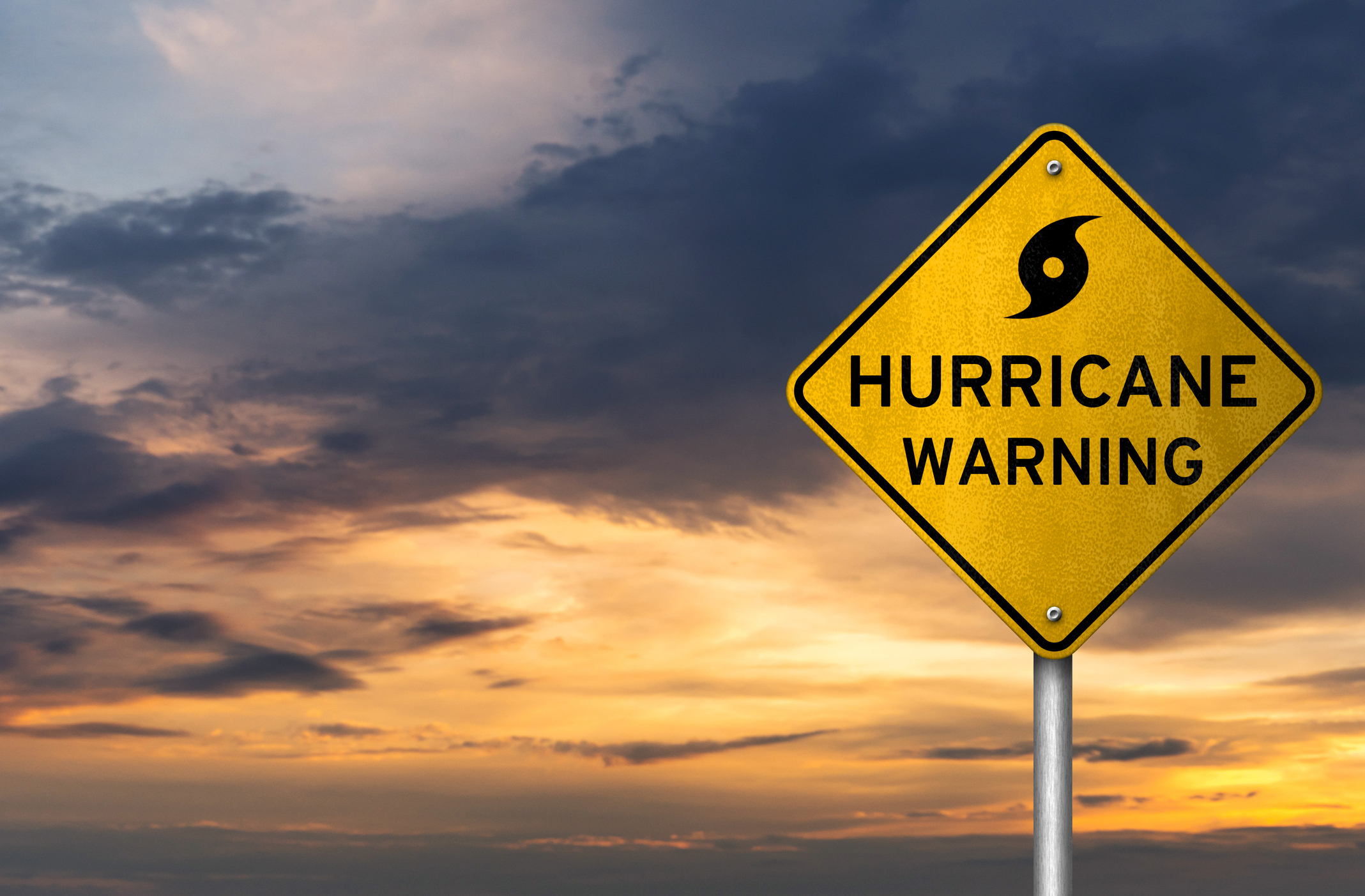Prepare for the 2023 Hurricane Season

The Atlantic hurricane season officially begins on June 1 and ends on November 30. For fleet managers, this officially means that although the start of the season is a couple of months away, it’s never too early to begin hurricane preparations. Being as hurricane-ready as possible can lessen the impact of inclement weather on your employees, operations, and customers.
Atlantic Hurricane Season 2023: What to Expect
According to AccuWeather’s team of tropical weather forecasters, the 2023 hurricane season will be less active than the majority of seasons since 1995 and could have a number of storms similar to the 2022 season.
Following current projections, the 2023 season will be near the historical average with 11 to 15 named storms. Four to eight storms are expected to reach hurricane strength — 74 mph or stronger. Up to three are expected to reach major hurricane strength — maximum sustained winds of 111 mph or more and are rated 3-5 on the Saffir-Simpson Hurricane Wind Scale.
Additionally, AccuWeather forecasters project two to four direct impacts on the United States, including Puerto Rico and the Virgin Islands. This doesn’t mean if your operations are not along the Gulf of Mexico or Atlantic Ocean, you don’t need to prepare. Mother Nature is anything but predictable and a direct hit can occur anywhere. Plus, recent studies have found that hurricanes are maintaining their strength for longer periods of time after landfall, causing more flooding and wind damage further inland.
Take Action Now, Rather Than Being Sorry Later
Now that we’ve looked at some of the forecasts for the 2023 Atlantic hurricane season, let’s look at some actions — specifically fuel, driver, vehicle, and operations — you can take to help your fleet operations weather the season. According to a report from the Federal Emergency Management Agency (FEMA), 40% of businesses don’t open following a disaster and 25% fail within one year. Don’t let this be you and take action now.
Fuel Actions
- Have fuel supply lines in place. When fuel demand is high, supplies are limited. Be aware that your regular fuel supplier might not be able to provide fuel during emergencies. If that’s the case, talk with a fuel provider who has experience in emergency preparedness and cover the following to ensure you have adequate and reliable fuel:
- How fuel is delivered and how much you need
- Do you need a tank to store fuel
- Fuel truck capacity
- Guaranteed fuel delivery
- Determine what areas of your operations need fuel first
- Make sure your fuel reserves can last a minimum of 72 hours, which FEMA estimates is the average response time
- Ensure stored fuel is protected from water with water-tight seal caps and that fuel integrity is good with regular tank maintenance and testing for the presence of water in the fuel
- Top-off fuel for vehicles, equipment, and generators
Driver Actions
- Know emergency routes in case roads on regular routes are closed or impassible
- Stock vehicles with an emergency kit consisting of bottled water, non-perishable food, rain gear, batteries, blankets, a flashlight, and a phone charger
- Stay on top of weather alerts
- Remember best practices for driving in hurricane/tropical storm conditions, including:
- If roads are too hazardous pull over in a safe location — preferably higher ground — stay in the vehicle, and turn on flashers
- Avoid flooded roads
- Slow down, turn off cruise control, and avoid harsh braking
- Increase following distance
- Don’t use high beams
Vehicle Actions
- If maintenance is done in-house, have an ample supply of tools and parts for vehicles
- Keep up with preventative maintenance so that vehicles are road-ready
- Have a plan for keeping vehicles safe and protected — for example, moving them to higher ground or to protected shelter
- Invest in fleet tracking software for visibility into vehicle location and status
Operations Action
- Have a disaster/disaster recovery plan in place and train and test all employees on their roles before, during, and after a disaster
- Ensure your team knows basic first-aid and CPR
- Make sure office equipment and vital records are protected
- Test security and flood lighting
- Repair/patch roofs
- Make sure your backup generator is working. If you don’t have one, get one.
- Confirm that contact information for suppliers, FEMA, law enforcement, and insurance is current.
- Review insurance policies
June 1 will be here before you know it. Don’t get caught unprepared — prepare. It only takes one storm to have a last impact on your business.